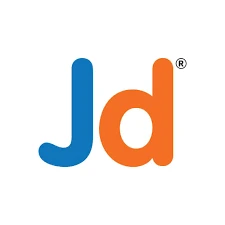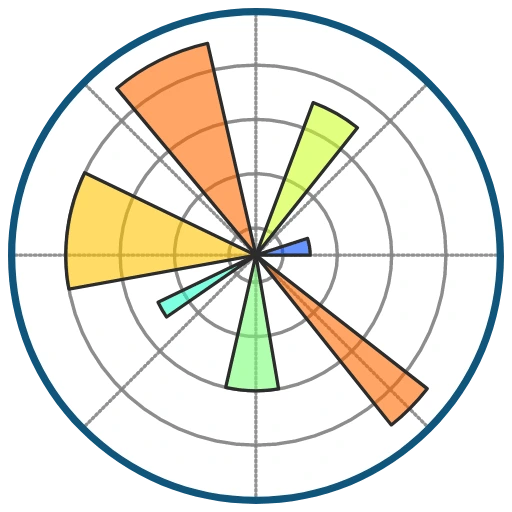|| Full Stack Data Analytics Training in Dahod
The Full Stack Analytics Course at BIT Dahod offers a comprehensive, hands-on learning experience designed to equip students with the complete set of skills required to excel in the dynamic field of data analytics. This course provides a deep dive into both the technical and business aspects of data analysis, teaching students how to handle data across the entire analytics pipeline—from data collection and cleaning to advanced analysis and visualization. Beginning with an introduction to essential data analysis tools such as Python, SQL, and R, students will master techniques for extracting, transforming, and loading data (ETL), ensuring they can work with various data sources and formats. The course emphasizes building robust analytical models using machine learning algorithms and statistical techniques, allowing students to gain insights from complex datasets and make data-driven decisions. Students will also explore data visualization principles, learning how to create insightful and interactive visualizations using tools like Power BI, Tableau, and matplotlib. Furthermore, the course covers the integration of big data technologies, such as Hadoop and Spark, and explores how to scale analytics to handle large datasets efficiently. A significant portion of the program is dedicated to teaching students how to deploy analytics solutions, automate workflows, and communicate their findings through compelling reports and dashboards. The curriculum is designed to be highly practical, with real-world projects and case studies that ensure students not only understand theoretical concepts but can also apply them in industry scenarios. By the end of the course, students will have the skills to work across the full analytics stack—from data wrangling and processing to model building and visualization—making them highly competitive candidates for roles such as data analysts, data engineers, business analysts, and full-stack data scientists. BIT Dahod’s Full Stack Analytics course provides a well-rounded education that empowers students to leverage data at every step of the decision-making process, preparing them for a successful career in the data-driven future.








 4.8 (21,636) reviews
4.8 (21,636) reviews
 Python
Python
 TensorFlow
TensorFlow
 PyTorch
PyTorch
 Keras
Keras
 Seaborn
Seaborn
 numpy
numpy
 Jupyter
Jupyter
 VS Code
VS Code
 Pandas
Pandas
 GitHub
GitHub
 Docker
Docker
 SQL
SQL
 AWS
AWS
 OpenAI's GPT
OpenAI's GPT
 Scikit-learn
Scikit-learn
 Power BI
Power BI
 Google Colab
Google Colab
 PyCharm
PyCharm
 Tableau
Tableau
 Plotly
Plotly
 Azure
Azure
 Matplotlib
Matplotlib
 SciPy
SciPy
 Alteryx
Alteryx
 Scrum
Scrum
 Excel
Excel
 VBA
VBA
 Snowflake
Snowflake
 QlikSense
QlikSense



















 Read more
Read more 
